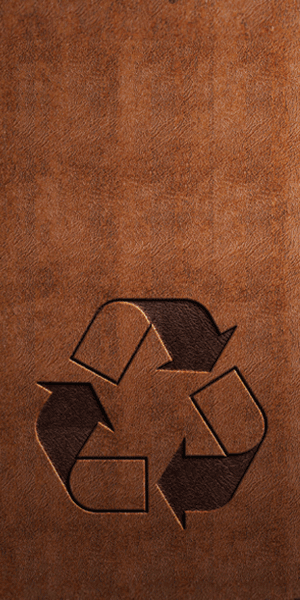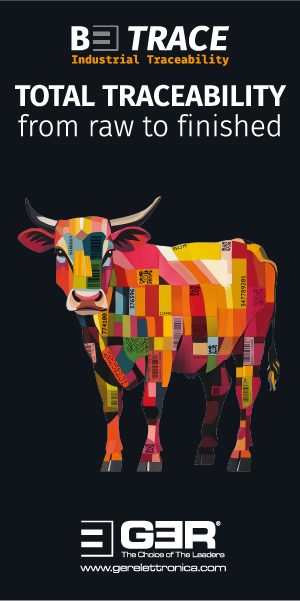Market Intelligence—13.08.24
Macroeconomics
In the political sphere, the potential escalation of conflict in the Middle East is very important and makes de-escalation almost impossible for the time being. Nobody knows how far this will go and where it will take the world.
The war between Ukraine and Russia is also continuing at great cost. One day, of course, these wars will come to an end, but they will leave further wounds that will probably not heal for generations. This is not a good prospect for a generally more peaceful world.
In Venezuela, too, there seems to be little chance of calm following elections at the end of July, with disputes continuing over the result.
It is worrying that violence is now a widespread element of national news with attacks, protests and riots occurring, including in democratic countries, most recently in the UK.
In the financial sector, the collapse of the stock markets in early August was the most significant event. Even though a rapid recovery developed immediately afterwards, it shows how fragile and nervous investors are at the moment.
Computers, artificial intelligence and short-term thinking are of course also playing a decisive role. At the moment, global liquidity is still sufficient to support share prices. Above all, money is flowing back into the financial markets in anticipation of lower interest rates.
The same applies to other markets, especially commodities. Even if there are repeated recoveries, the prices of most commodities have been on a downward trend for some time now. The commodity is always the start of the production chain and therefore always the leading indicator of what the markets not only expect but also need for the medium and distant future.
The price of oil has fallen back to below $80 per barrel, while the price of gold continues to hover around the $2,400 per ounce, in line with events on the financial markets.
The expectation of faster interest rate cuts in the US is weighing on the value of the US dollar and it is currently trading somewhat weaker around the $1.09 mark against the euro. Investors are also looking ahead to the US elections in November.
Market Intelligence
There is not much to report from the market during the summer holidays. An extremely large number of people along the supply chain are still on holiday until the end of August or are preparing for the rest of the production period in 2024. However, the clear difference compared to previous years is that you can almost feel that very little thought is being given to raw material prices and procurement this year, at least in the summer. There is still a fundamental conviction that there will be neither price nor supply risks in the coming months.
Of course, raw material suppliers have a completely different view. In recent months, they have resigned themselves to the fact that every attempt, every rumour, every warning and every story that was supposed to trigger a major market reversal was in vain. Prices for raw materials have continued to fall, simply because leather production has not reached the levels required to absorb the entire volume of hides and skins. Often enough, alternative methods have been chosen, including the destruction of raw materials, to reduce the supply to such an extent that it has a price-supporting effect. Up to now, this has had little success this time.
The latest story is now the decline in slaughter in many regions, which should also lead to a shortage of supply. An additional argument put forward is that the restart of production, which will enter its more active phase again from September, means that prices are likely to rise. Hope dies last, but it remains the case that the market has not yet found a balance.
Even if the short-term view dominates when it comes to commodities, one thing remains true: the markets always return to equilibrium in the end. The only question is when and at what level. It is not just the price that plays a role here, as so many people keep implying. The theory that commodity prices only need to be reduced sufficiently to increase demand sufficiently has been proven wrong time and again in recent years.
One of the main problems here is that leather is no longer a basic material for the production of many consumer goods, just one of many alternatives. In recent years, more and more alternative materials have been added to the range. Each material is fighting for its small share of the big cake, which is why there is no longer one market that balances itself out across the different price levels, but rather market islands that form according to completely different criteria and develop their own cosmos.
This is best illustrated by calfskins, which represent a separate market island in the luxury leather goods sector. Frankly, it would be perfectly possible to use other raw materials for many of the leather articles that are made from them; the history of exclusivity determines the business. On the one hand, European calfskin is already a limited product, the leather is produced by an exclusive community of manufacturers and ultimately a supposedly scarce commodity is made from it with a great deal of marketing effort. The value chain that has developed from this has created price islands that no longer have any connection to alternative raw materials. Classical substitution effects, as we used to know them, are thus ruled out in principle.
Perhaps it is also worth pointing out once again that the function of leather is in no way dependent on how much the raw material costs. Rather, the properties of the raw material are determined by its origin, breed, sex and rearing. The rest is processing technology, look, feel and, above all, a lot of storytelling.
The individual origins of the raw material do not provide an absolutely homogeneous product. If you want to create a visually homogeneous product, you have to invest additional costs to achieve this. So if demand is not distributed across the entire range of qualities and is not sufficient to cover all the qualities that arise, then this leads to the large and selective differences that we see today. In addition to the market segments where the market is in balance, there are also segments where massive surpluses are still waiting to be sold.
This applies to both the individual processing stages and the quality levels. The leather industry as a whole is still characterised by the historically driven hope that sooner or later all the different articles will still find sufficient market sales. This has not been the case for some time now.
The logic of past decades has always been to produce an increasingly standardised, but qualitatively questionable product with greater technical production effort. The industrial need for standardisation dominated the development of the market and, of course, the technology.
Another problem, which is why the European leather industry has got into such difficulties, is the disproportionate increase in the cost of manufacturing these products. It remains to be seen whether a return to function and thus lower costs is still possible and can be realised. In pure cost competition, it certainly does not look as if the European industry as a whole has a serious chance of holding its own.
In this context, it cannot be mentioned often enough that the increasing requirements and regulations, as well as the bureaucracy of the EU, are a burden that can hardly be shouldered by the leather industry.
Nevertheless, the end of the European leather industry has been predicted several times in recent decades. There have been changes, there have also been shifts within Europe, but overall the industry has always been full of vigour and creativity to overcome the disadvantages and obstacles. In the niches and in the high-value sectors, this is already working again, but the spark must also spread to mass leather production.
Even though we have said this many times before, the success of footwear brands with retro sneakers is a good example. Contrary to all beliefs and predictions, the biggest critics of the material are now the biggest fans of the shoes. Young, female consumers. At the same time, they are realising that leather is far superior to the plastic alternatives they have idolised for so long in terms of its wear and usage properties. The step of transferring this to other applications is nowhere near as big as many people think and it still needs the experience and expertise from Europe to develop and successfully implement this for the consumer goods markets. The trends are still being set here and we shouldn’t let that stop us.
The trade fairs in the coming months will show whether something is developing in this direction. We believe it is risky to rely solely on the general recovery in demand, which will then pull everyone and everything along again.
For this, however, the current generation of product developers and marketing managers, who today set the pace and direction for many companies, need to develop a new awareness. Over the last ten years, many companies have fundamentally positioned themselves against leather and in favour of alternative materials. Rethinking and reintroducing an objective point of view may certainly not be an easy process, as many people will have to throw overboard the convictions they have propagated and backed with a lot of money.
In principle, it should not be difficult to change this, as the motto in the markets and marketing has always been: What do I care about yesterday’s gossip? However, there must of course be a fundamental willingness to do so and, above all, company bosses must be required to reset their thinking and deal with material selection and strategy without prejudice.
After such a long time in which everyone has rowed in one direction, perhaps something new and convincing is needed to find a way out of the stagnation with a new approach. We are firmly convinced that we have stayed in our bubbles for too long and that the courage to risk something really new and different has simply been missing.
The demand from the shoe sector for splits remains very good but in all other sectors there was the same lull and summer calm as everywhere else. In the case of sheepskins, we now need more serious impetus from the fashion sector and, as in many previous years, the willingness of mass manufacturers to return to leather as a material. However, we will only be able to find out what the prospects are for this in late autumn.
We will remain in summer mode for the next two weeks. Added to this are the additional and diverse uncertainties on the global markets, which is why we expect little or no activity. No real need for action can be seriously recognised anywhere at the moment.












